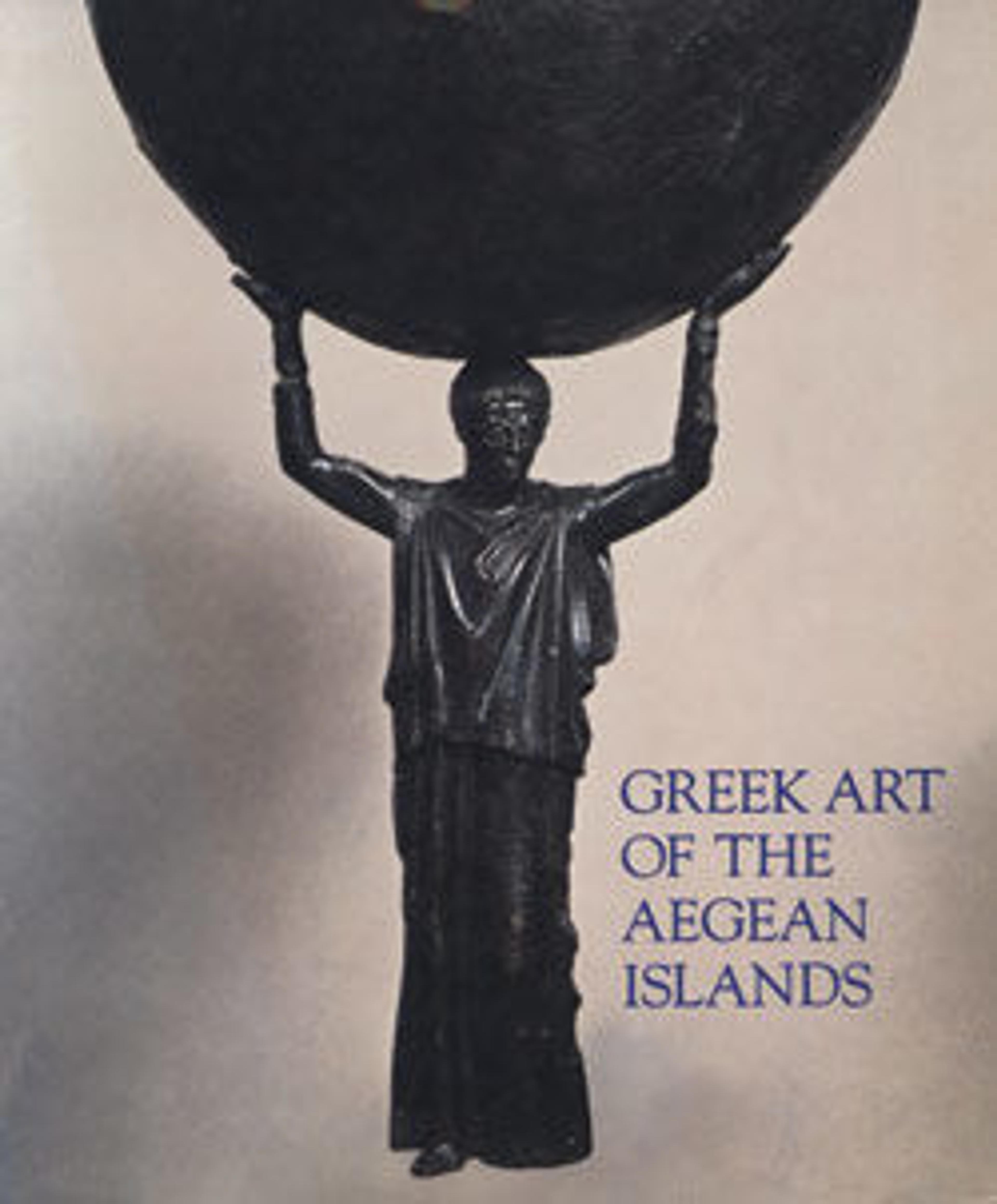Serpentine mold for casting bead pendants
This serpentine carved object is half of a two-part mold that was used to cast gold beads. The two parts were attached by the three holes, visible at the top and bottom. The funnel-shaped cuttings along the straight edge are the sprues through which the liquid metal was poured into the mold.
Minoan goldsmiths used sophisticated techniques to create elaborate jewelry, headdresses, and ornaments for hair and clothing, often in the form of naturalistic motifs such as plants, flowers, and marine life. The objects in the collection represent different gold-working methods. Many of the ornaments were cut from gold hammered into thin sheets, some decorated with patterns raised in relief from the back. Gold was also melted and poured into molds. Imported primarily from Egypt, gold was extremely rare. Only the very wealthy could afford such adornments.
Minoan goldsmiths used sophisticated techniques to create elaborate jewelry, headdresses, and ornaments for hair and clothing, often in the form of naturalistic motifs such as plants, flowers, and marine life. The objects in the collection represent different gold-working methods. Many of the ornaments were cut from gold hammered into thin sheets, some decorated with patterns raised in relief from the back. Gold was also melted and poured into molds. Imported primarily from Egypt, gold was extremely rare. Only the very wealthy could afford such adornments.
Artwork Details
- Title:Serpentine mold for casting bead pendants
- Period:Late Minoan I–II
- Date:ca. 1600–1400 BCE
- Culture:Minoan
- Medium:Serpentine
- Dimensions:Overall: 1 3/4 x 1 1/4 in. (4.5 x 3.1 cm)
- Classification:Miscellaneous-Stone
- Credit Line:Bequest of Richard B. Seager, 1926
- Object Number:26.31.393
- Curatorial Department: Greek and Roman Art
More Artwork
Research Resources
The Met provides unparalleled resources for research and welcomes an international community of students and scholars. The Met's Open Access API is where creators and researchers can connect to the The Met collection. Open Access data and public domain images are available for unrestricted commercial and noncommercial use without permission or fee.
To request images under copyright and other restrictions, please use this Image Request form.
Feedback
We continue to research and examine historical and cultural context for objects in The Met collection. If you have comments or questions about this object record, please contact us using the form below. The Museum looks forward to receiving your comments.
